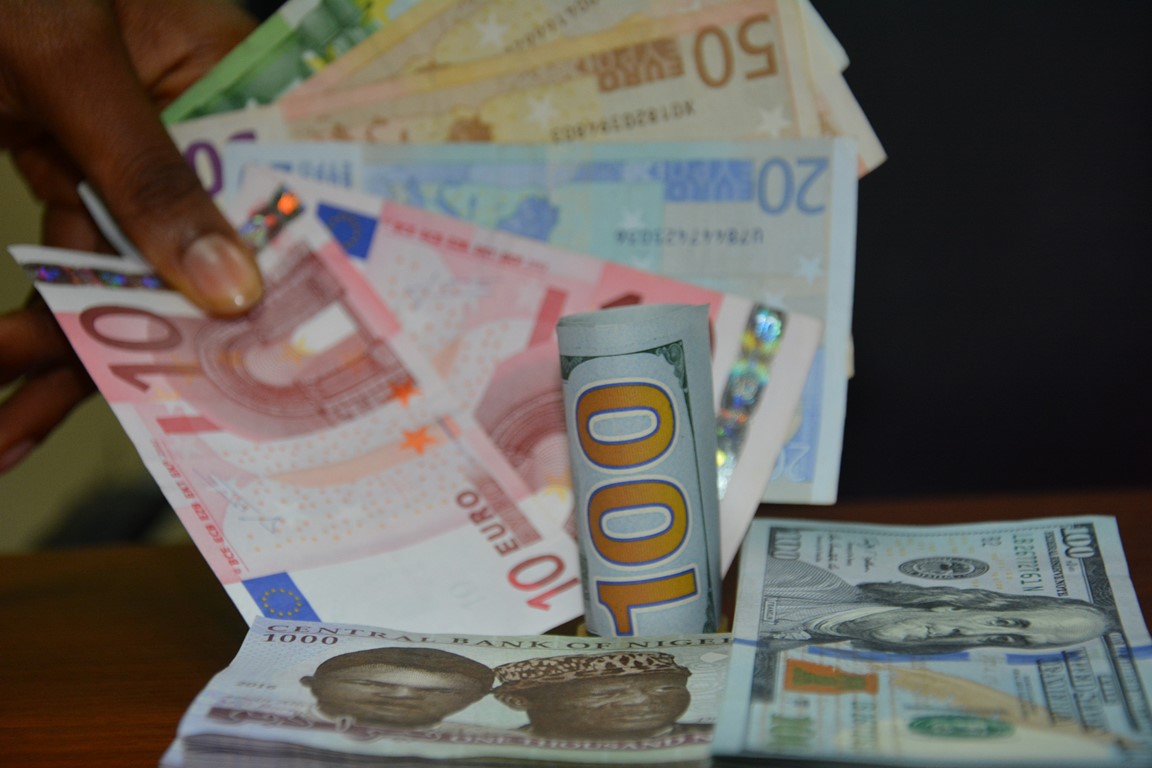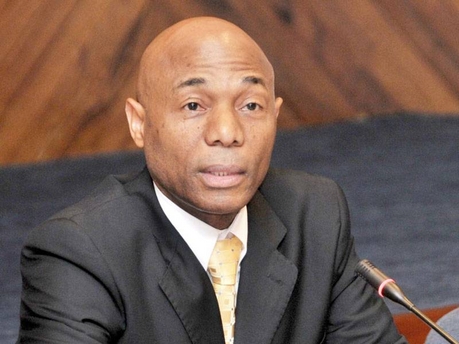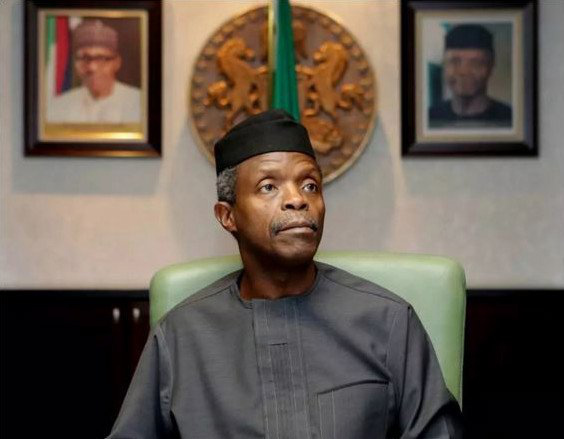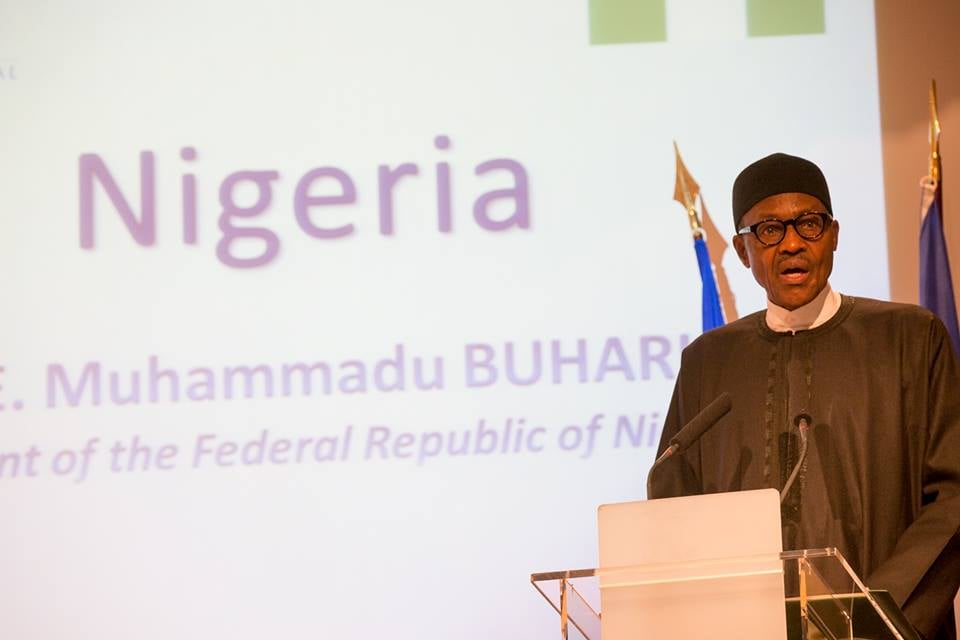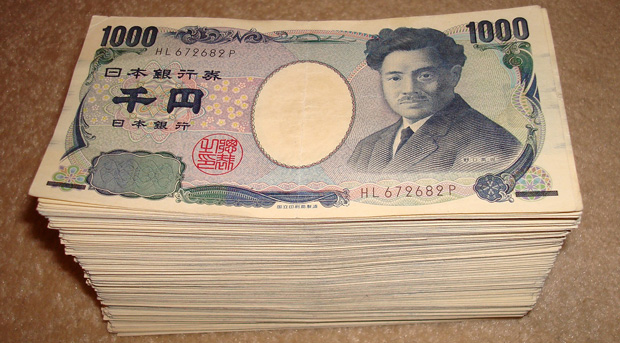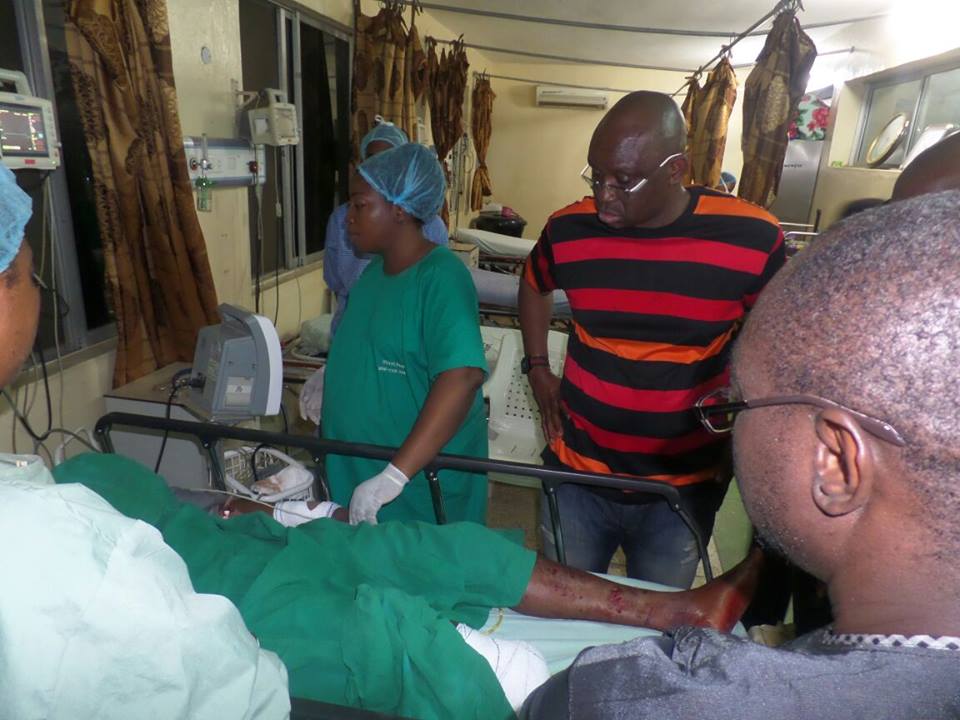The new foreign exchange regime is failing to bridge the gap between parallel and interbank market rates of the naira to foreign currencies, TheCable can report.
At the introduction of the regime, the Central Bank of Nigeria had argued that the new regime would see the naira settle reasonably at 250 to the dollar.
The apex bank had enthused that “speculators would have their fingers burnt”, as the new regime would close the enormous gap between parallel market and the official market rate of the local currency.
THE INITIAL CLOSURE
Advertisement
At the launch of the new regime, the naira gap was drastically reduced, as the naira strengthened dramatically at parallel market, moving from 355/$1 to 330/$1.
The official market rate dropped from 197/$1 to 282/$1.
The gap between the parallel market and the official market before the new regime was between N150 to N160 on every dollar.
Advertisement
After the “floating” regime was introduced, the gap was closed to as slim as N45 to N50 on every dollar – 282 at interbank market and 330 at the parallel market.
THE RETURN OF ARBITRAGE
Three weeks may be too soon to judge, but bureau de change operators within the country are of the opinion that the naira is tilting towards business as usual.
Speaking to TheCable on Monday, Ibrahim Baba, a BDC operator in Abuja, said the gap between the official and the parallel market rates was on the increase.
Advertisement
He said the naira was selling at 355 to the dollar, while the pound was trading between 480 and 488, reminiscent of the pre-floating forex regime system.
Another trader in Lagos said the CBN regime was “failing because the bank failed to recognise the BDCs as a strong player in the currencies market”.
As at Monday, the gap between the parallel and interbank market had widened from N48 at the start of the regime to N73 on every dollar.
For the pound the gap, the gap between the two markets is N120 on every British pound.
Advertisement
HSBC, a British-based multinational bank, forecasts that the Nigerian naira will plunge to below 300/$1 at the interbank market before the end of the year, but no one has an idea where the parallel market will end the year.
Advertisement
Add a comment

